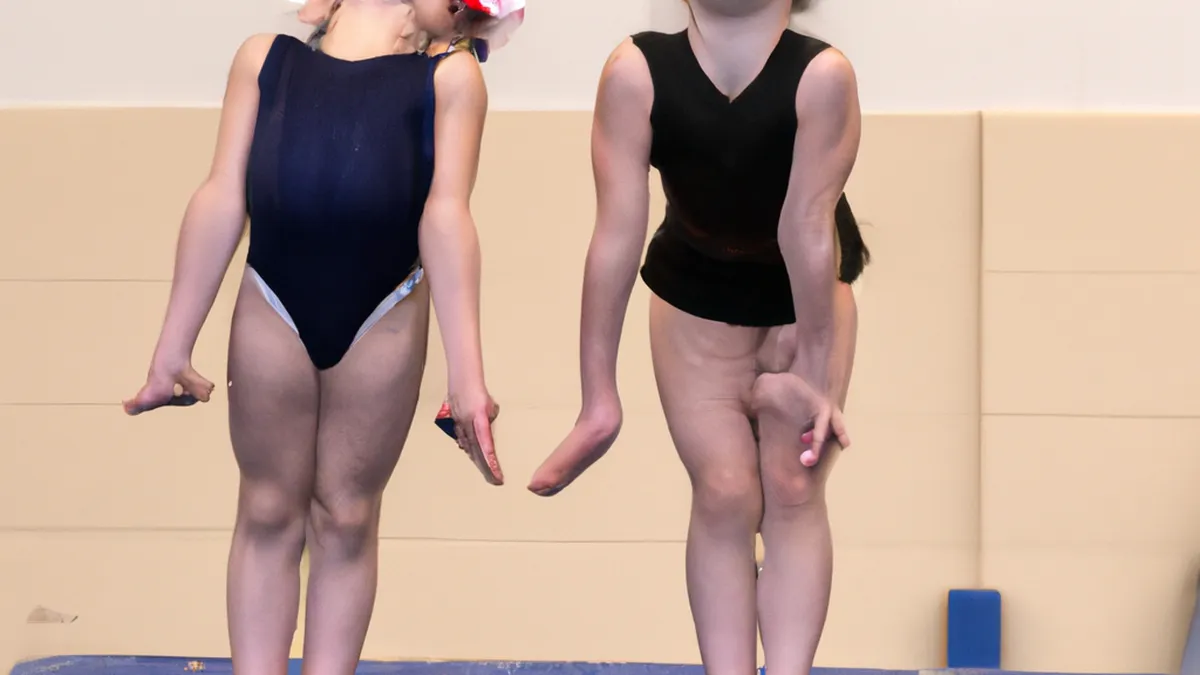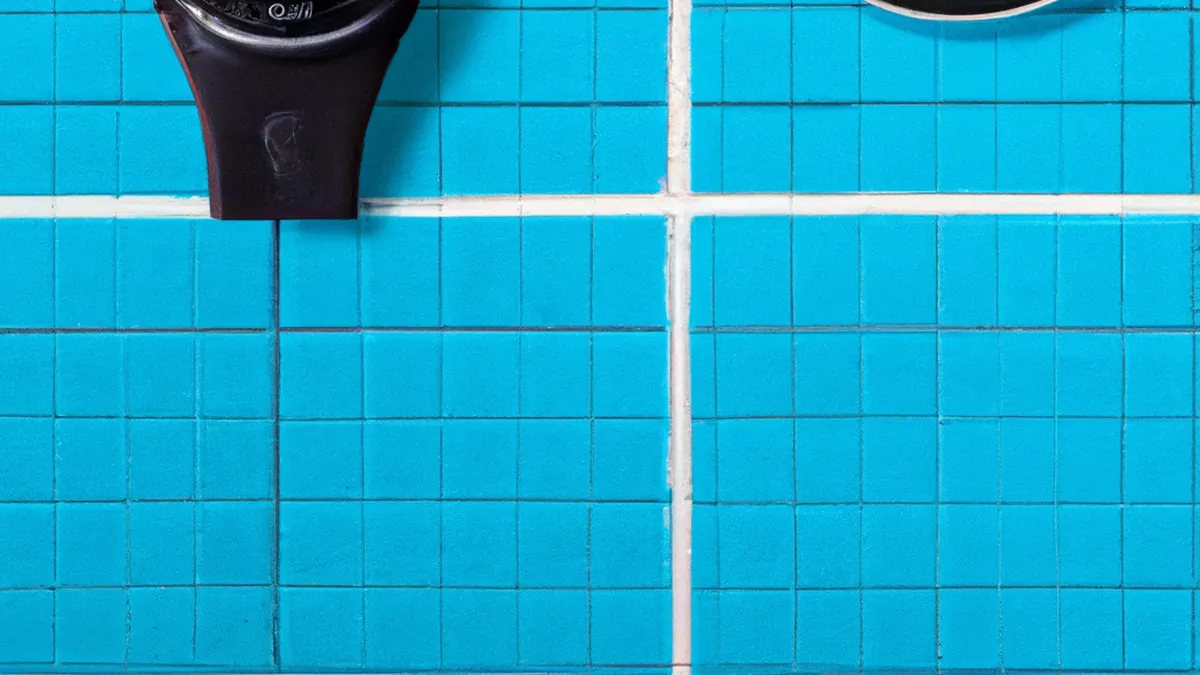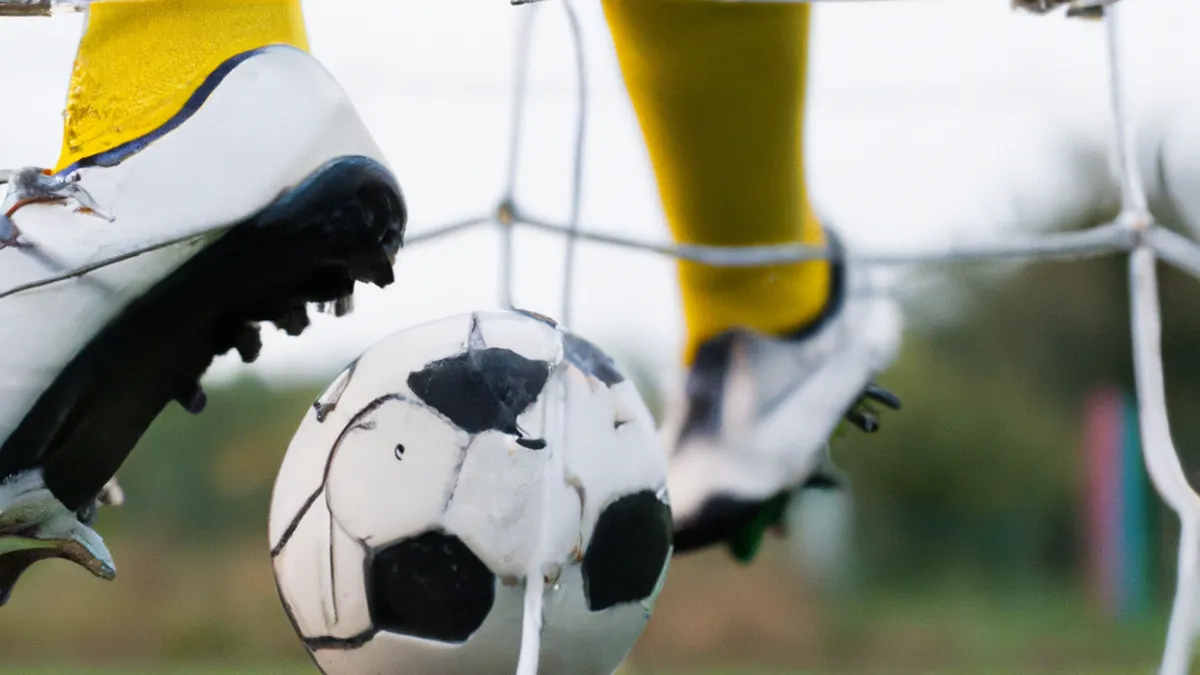Goal Setting Tips for Aspiring Gymnasts
Goal-Setting for Tumbling ProgressionTumbling combines strength, flexibility, and coordination. Athletes strive for improvement. Setting clear goals helps track progress and maintain motivation. This blog explores effective goal-setting strategies for tumbling progression. You will enhance your skills and enjoy the journey.
Understand Your Current Skill Level
Assess your current abilities before starting your tumbling journey. This step lays the foundation for your goals. Identify strengths and weaknesses to set realistic and attainable goals.
Use a Skills Checklist
Create a checklist of tumbling skills. List skills to master, such as cartwheels, round-offs, back handsprings, and backflips. This checklist helps visualize goals and keeps you accountable. Categorize skills into beginner, intermediate, and advanced levels to guide your progression.
Seek Feedback
Seek feedback from your coach or experienced tumblers. Coaches provide valuable insights into your performance. They can identify areas for improvement and suggest ways to enhance your technique. Constructive feedback fosters growth and helps you set informed goals.
Set SMART Goals
As an Amazon Associate I earn from qualifying purchases.
Gear tip: consider stretching strap, yoga blocks, and foldable yoga mat to support this topic.
After understanding your skill level, set SMART goals. SMART stands for Specific, Measurable, Achievable, Relevant, and Time-bound. This framework ensures clear and attainable goals, maintaining motivation and focus.
Specific Goals
Set specific goals instead of vague aspirations. For example, say, “I want to perform a back handspring consistently.” This specificity gives you a clear target to aim for.
Measurable Goals
Measurable goals help track your progress. Instead of saying, “I want to get better at my back handspring,” state, “I want to land my back handspring five times in a row without falling.” This approach quantifies your progress.
Achievable Goals
Aim high, but ensure your goals are realistic. If you’re a beginner, performing a double backflip might be ambitious. Focus on mastering foundational skills first, like front handsprings or back handsprings. Achievable goals maintain motivation and prevent frustration.
Relevant Goals
Ensure your goals relate to your tumbling journey and personal aspirations. If you plan to compete, focus on skills that enhance performance. Relevant goals keep you engaged and invested in training.
Time-bound Goals
Set a timeline for achieving your goals.
Conclusion
In summary, effective goal-setting enhances your tumbling skills while keeping you motivated.
Below are related products based on this post:
FAQ
What is the importance of goal-setting in tumbling?
Goal-setting is crucial in tumbling as it helps athletes track their progress and maintain motivation. By setting clear and achievable goals, individuals can enhance their skills and enjoy the journey of improvement.
How can I assess my current skill level in tumbling?
To assess your current skill level, evaluate your abilities and identify both strengths and weaknesses. This evaluation serves as a foundation for setting realistic and attainable goals in your tumbling progression.
What does SMART stand for in goal-setting?
SMART stands for Specific, Measurable, Achievable, Relevant, and Time-bound. This framework helps ensure that your goals are clear, attainable, and aligned with your tumbling journey, keeping you motivated and focused.















Post Comment